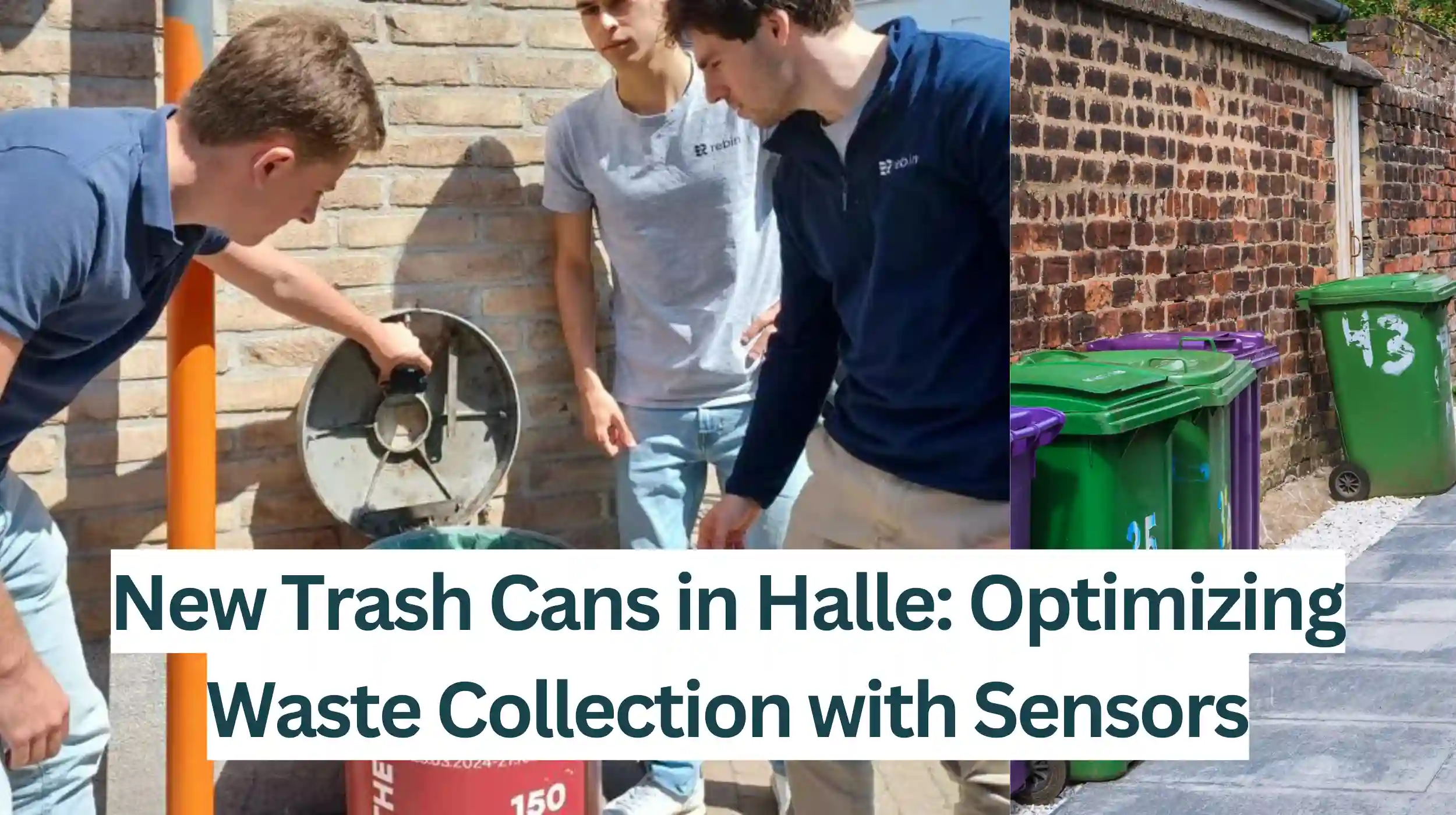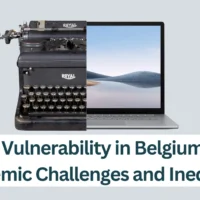Halle (Brussels Morning) – Halle has installed sensors under trash can lids to measure waste levels, optimizing waste collection schedules and reducing unnecessary trips.
In Halle they added something to the trash cans that got people talking on social media. Some thought that it could be a geocache or a camera to catch litterbugs but Councilor Pieter Busselot said it’s not either of those. The real reason for the new addition hasn’t been shared yet but the online guesses are wrong.
How Do New Trash Can Measure Fill Levels?
In Halle, they put a sensor under the lid of the trash cans. This sensor checks the space from the top to the bottom of the bin. By doing this it can figure out how much trash is in the bin. if the space is shorter it means there’s more trash inside. The sensor is positioned on the underside of the rubbish bin lid. It measures the distance from the sensor (on the lid) to the bottom of the bin.
As waste accumulates the measured distance decreases because the top layer of the waste gets closer to the lid.Since the dimensions of the garbage bin are known the system can calculate the volume of waste by using the measured distance.When the bin is empty the distance is at its maximum. As waste fills the bin the distance reduces. By comparing the current distance to the maximum distance (empty state) the system can estimate how full the bin is.
This information can be used to optimize waste collection schedules. Instead of following a fixed collection schedule waste management services can prioritize bins that are nearly full,improving efficiency and reducing unnecessary collection trips.The sensor in the trash cans in Halle isn’t for geocaching or spying. It’s actually a handy tool to make the city’s waste system better. It gives instant information on how full the bins are so they can be emptied on time. This helps keep the city clean and running smoothly.With these sensors the trash trucks in Halle can plan their routes better saving on mileage by not going to empty bins. They can spot full bins faster leading to less litter and a cleaner city. The system will be tested for a year and they’ll review it after a few months to make any needed changes.



